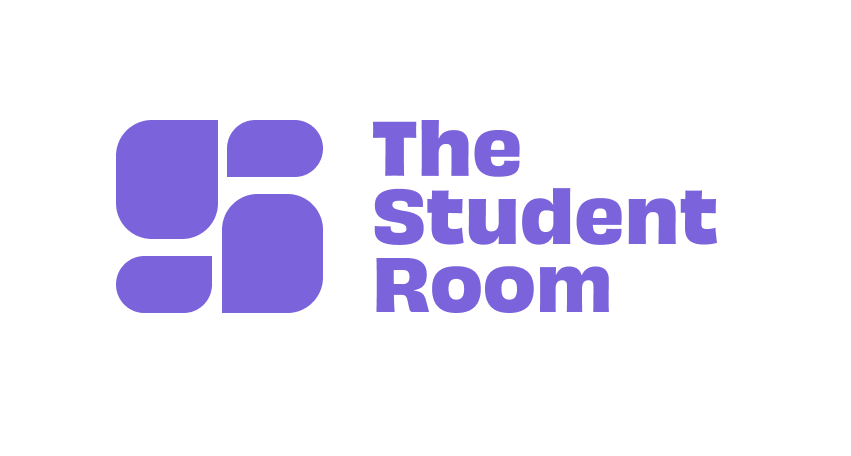Published 30 November 2023 Many university students and recent graduates will be thinking about their next steps as we approach …
Postgraduate research: what’s impacting applications now?
In March we launched the Big Spring Term Survey to gather young people’s views on a range of topics relating to student life and education. The responses from current undergraduates showed that there are huge opportunities for universities to increase postgraduate numbers by helping applicants to understand their options.
What is happening in postgraduate recruitment?
Last year, we predicted that the pandemic would cause a spike in postgraduate numbers for the 2020/21 cycle, before returning to trend when the economic situation improves. Indeed, domestic postgraduate taught numbers increased by 16%, significantly above the usual growth trend. So will this continue?
This latest blog will look at the current landscape for postgraduate recruitment, covering global and domestic influences, when to promote postgraduate campaigns or events, why students are considering postgraduate study, key trends and why funding is still a key barrier for prospective students.
Covid-19 and demand for postgraduate courses
History tells us that when the economy goes down, postgraduate applications go up. After the 2008 financial crisis, postgraduate student numbers grew by an average of 4.4% per cycle between 2007/8 and 2010/11 (HESA). Between the 2011/12 to 2019/20 cycles numbers adjusted back down, then returned to a trend growth rate of around 2% a year. So can we expect a surge in postgraduate applications in our current economic climate? This blog will look at some of the key factors affecting postgraduate demand, postgraduate funding and the competitor landscape, reasons that applicants are drawn to postgraduate study, and the trends we are seeing in students’ postgraduate course and career choices.




